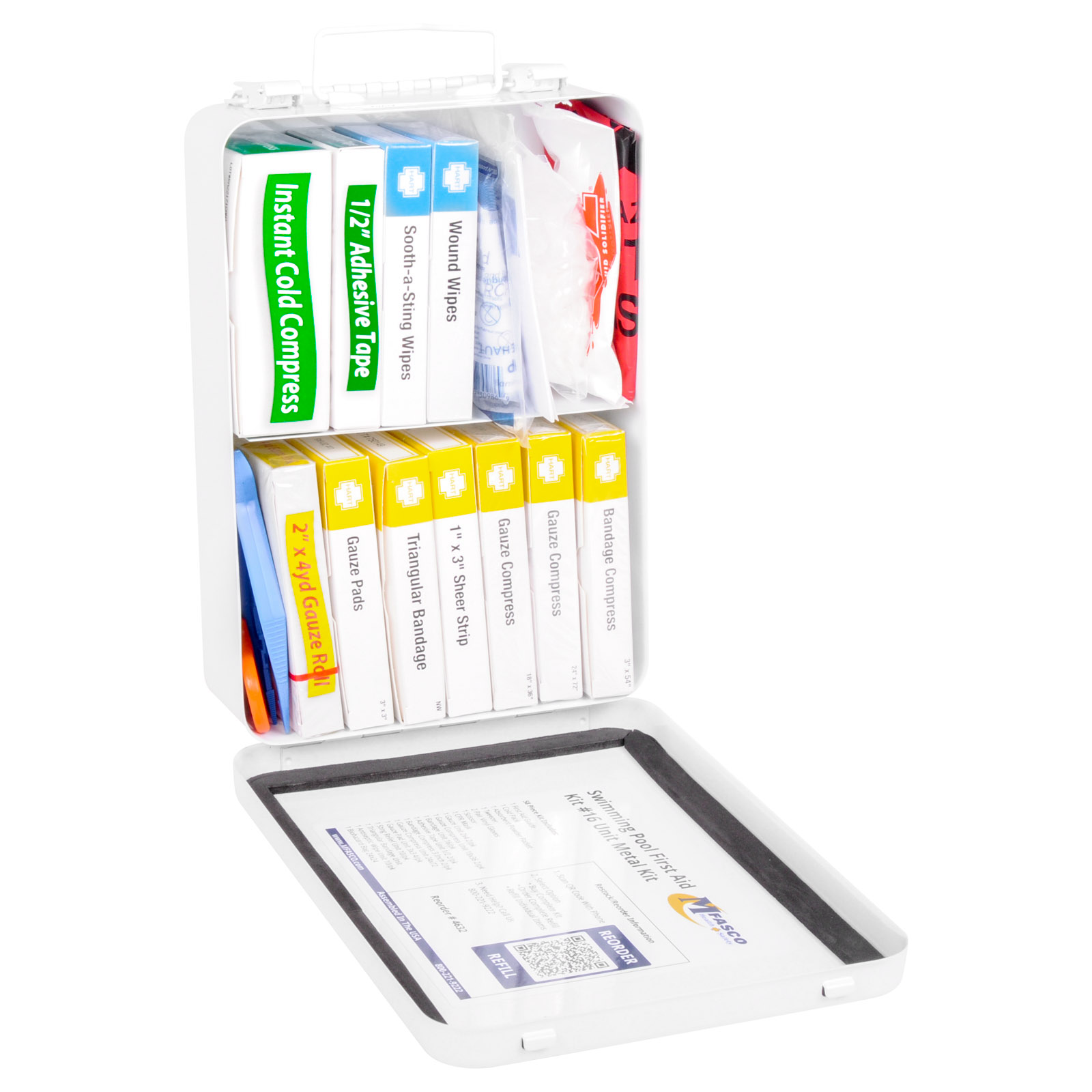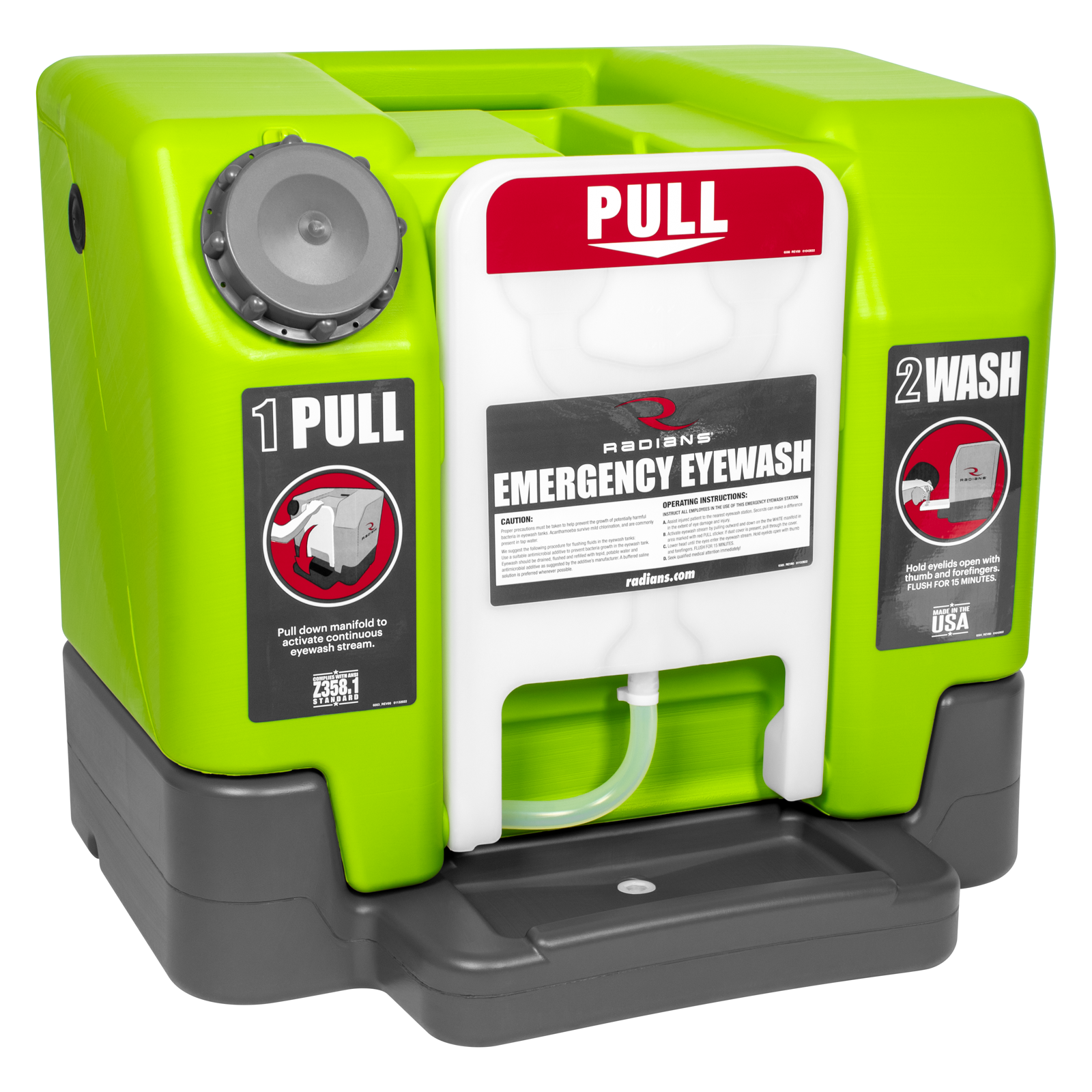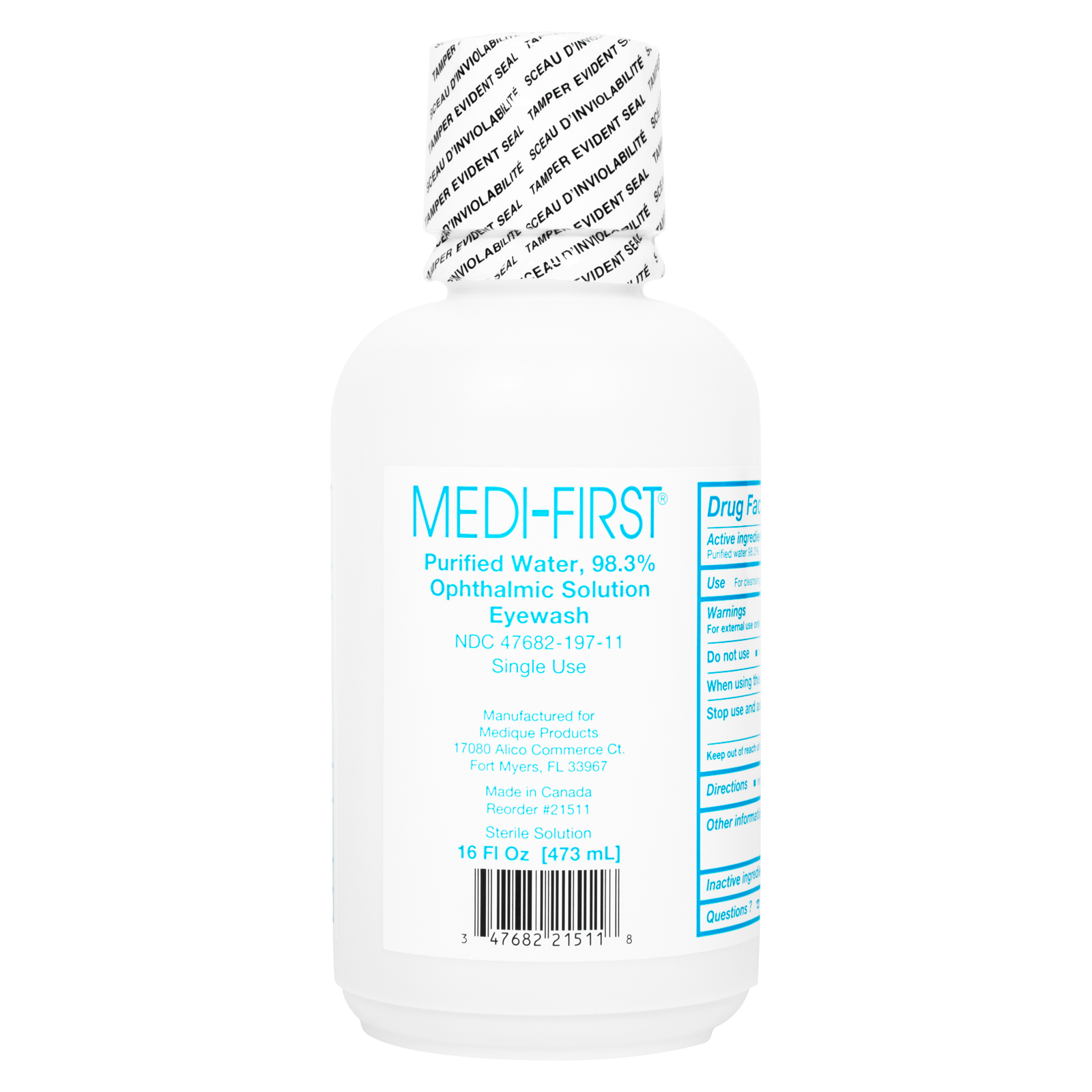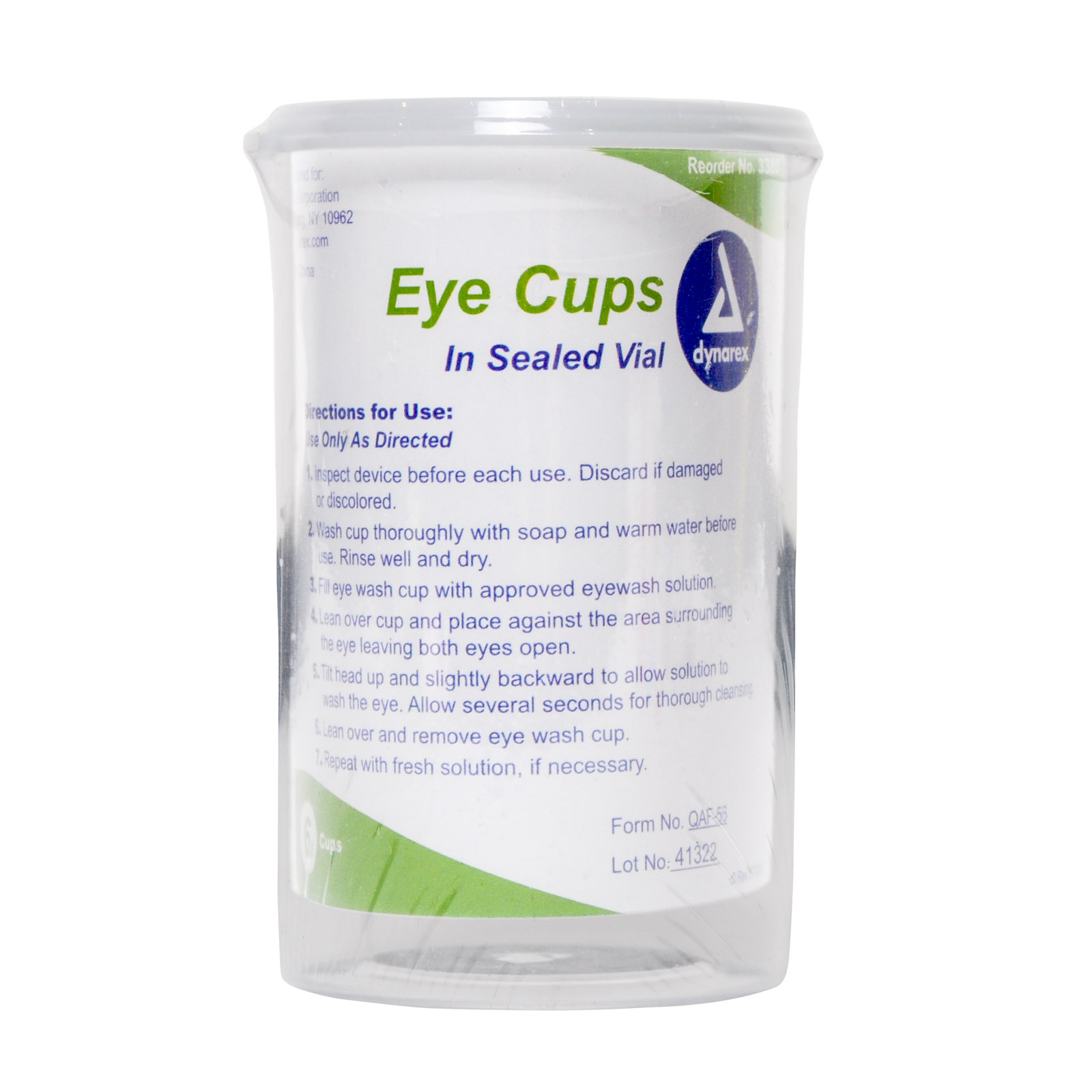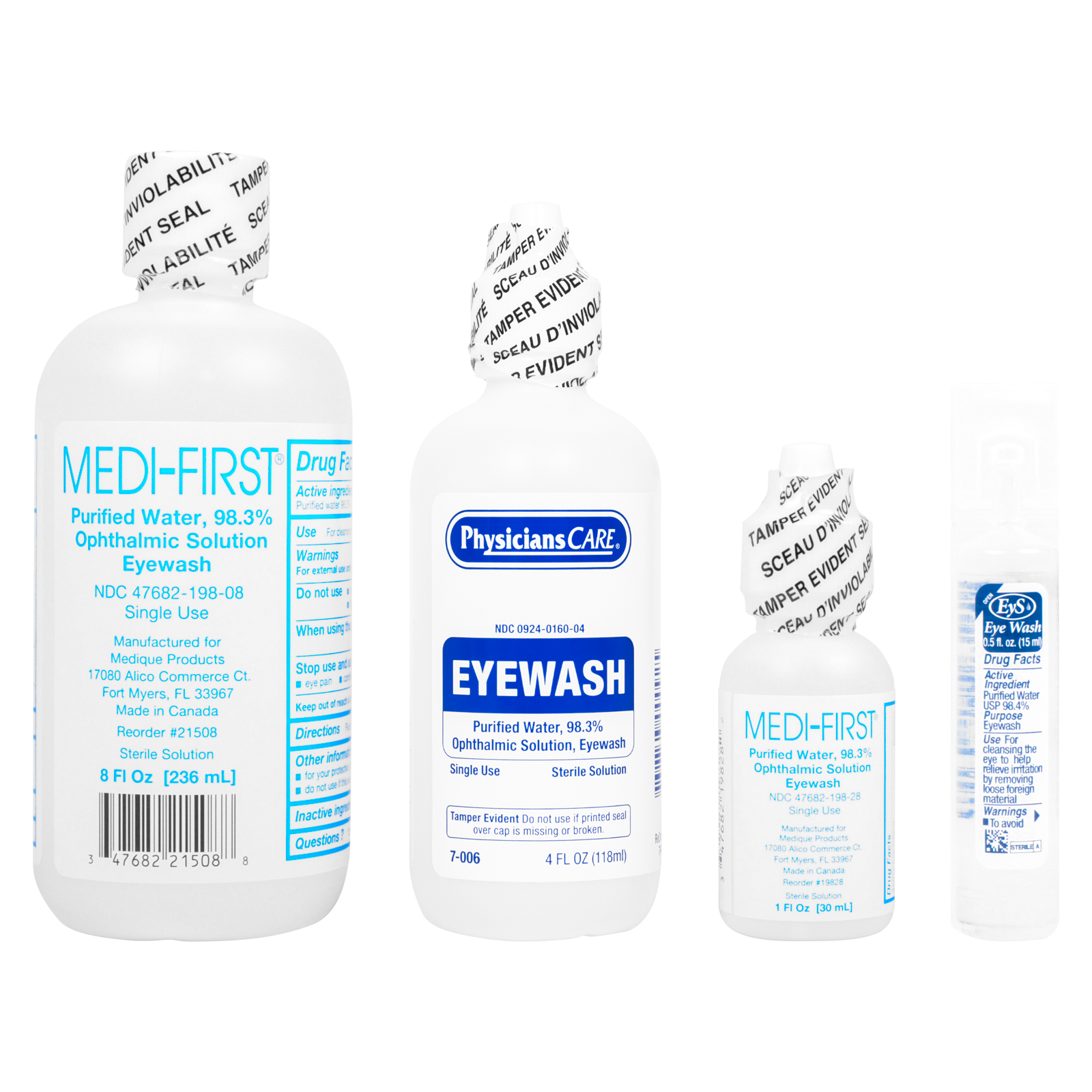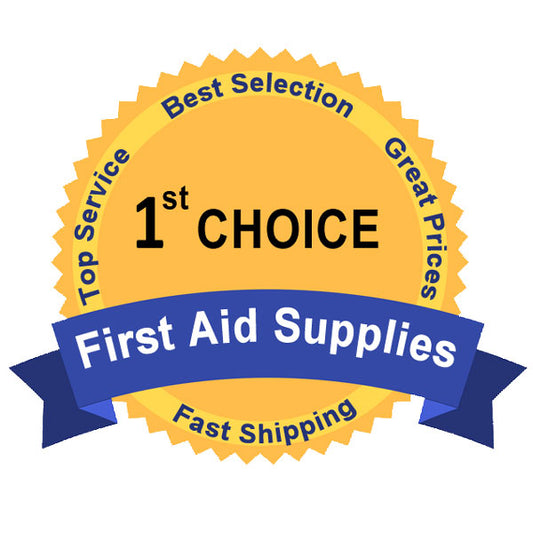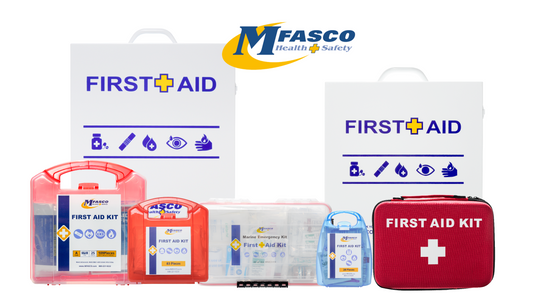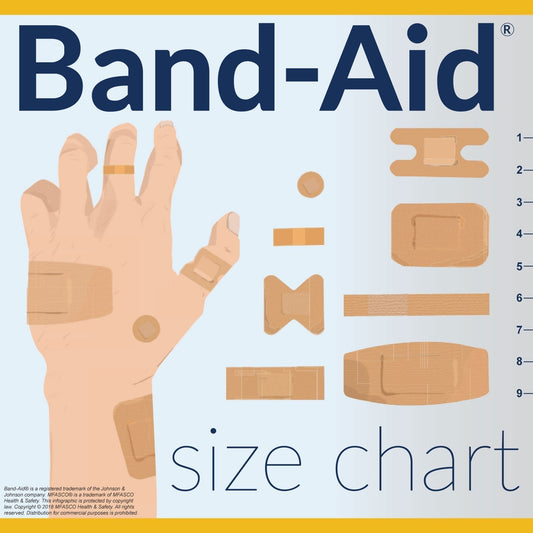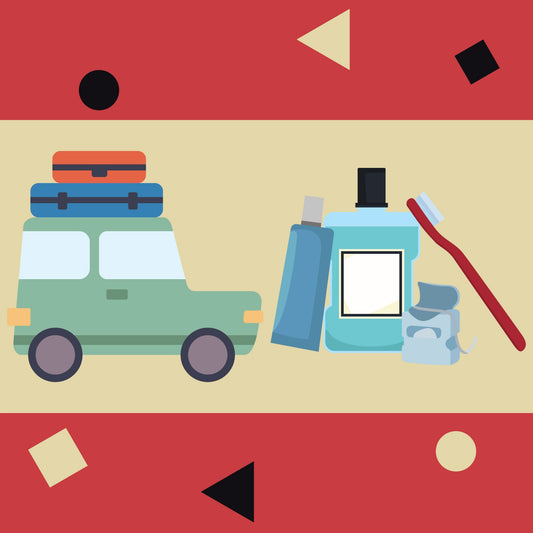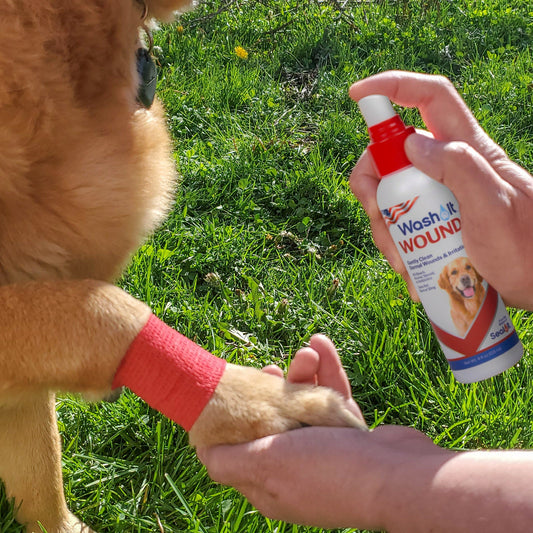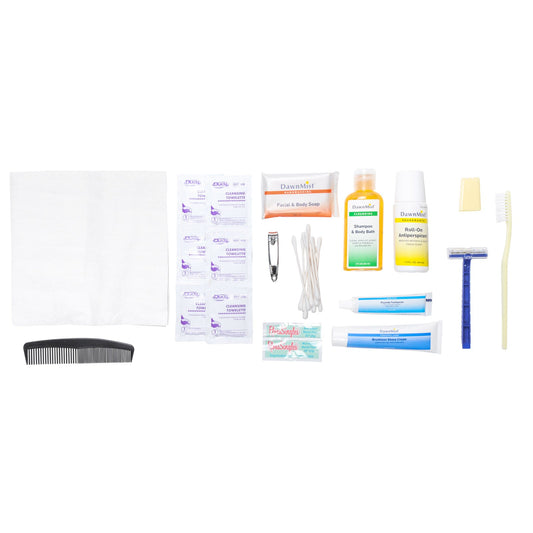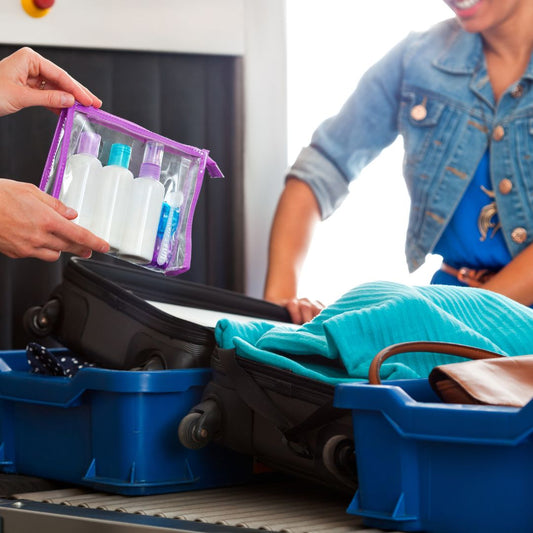Best Practices and Tools for Enforcing Pool Safety

During the summer season, people like to go swimming. If your facility offers a pool or other form of water recreation - such as a water park or hot tub - it is important you have the tools in place to keep your patrons safe.
When looking at water recreation safety, there are a few common incidents to prepare for.
Drowning Swimming is fun, but it can also be dangerous. The CDC listed drowning as the fifth-leading cause of unintentional injury death in the U.S. About 10 people die from drowning every day, and of those 10, two will be aged 14 or younger. All institutions offering pools or swimming activities should take these steps to limit the risk of drowning:
Barriers - Barriers are especially helpful in preventing drowning injury to very small children. If you have a home pool, you should have some sort of fencing that separates the pool from the rest of the yard. Hotels and schools that keep their pools in separate rooms should restrict access using locked doors and scheduled hours of use. If possible, cover the top of the pool when it is not in use.
Prohibit alcohol - Facilities, especially water parks and vacation resorts, should restrict the use of alcohol by guests. Even small pools, like hot tubs, can be a drowning risk if the victim is inebriated.
Offer swim classes - If a school or camp offers swimming activities, it should also provide instructors and swim lessons to help reduce the risk of injury.
Trained staff - A facility should employ lifeguards for its water recreation features. Lifeguards should be accomplished swimmers who are trained in CPR and other life-saving strategies.
Emergency equipment- Your staff should be trained on how to deliver basic first aid. Every pool should have first aid kits and larger facilities should have a medical station. It is important for floatation devices, like U.S. Coast Guard-approved life jackets, to be available. The CDC stated inflatable pool toys should not be treated as lifesaving devices.
 Employing a lifeguard and providing the proper equipment are important safety practices.
Employing a lifeguard and providing the proper equipment are important safety practices.
Injuries Drowning is one of the most serious risks of using a swimming pool, but it is not the most common. The International Life Saving Federation found minor cuts, bruises, and grazes were the most typical type of injury treated at public swimming pools.
The swimming pool has a number of hazards that can lead to minor injury. Slippery surfaces around the water edge and diving boards are two of the most common causes. Children might also scrape themselves against the walls or bottom of the pool.
The International Life Saving Federation found 45 percent of lifeguard first aid activity involved wound management. Bandages and gauze should be available, as well as disinfectants for open wounds. It is important to deal with bleeding quickly to avoid infection. Twenty-five percent of injuries were treated with ICE (ice, compression, and elevation). Ice packs are a necessity, especially in hot summer months.
Chemical accidents Pools use cleaning chemicals to prevent bodily fluids from these injuries, as well as other pollutants, from making the water unsafe. When deployed correctly, these chemicals kill germs, improve water quality, maintain equipment, and prevent algae growth. Facilities should make use of chemical solutions but should be careful in doing so.
 Eye wash stations should be available for any facility that uses powerful chemical cleaners.
Eye wash stations should be available for any facility that uses powerful chemical cleaners.
The CDC instructs facilities to be ready to handle chemicals safely. Rooms where chemicals are used and stored should be well-lit so that instructions are easy to read and follow. All products should be clearly labeled. There should be ventilation tools and secondary containment fallbacks in the event of spills.
People handling these chemicals should use the proper PPE to ensure their safety. Protective goggles and gloves should be common practice. Make use of respiratory masks, especially if chemicals are being handled in small spaces.
In the event of a spill, tend to it immediately. Close off the area if possible. Alarms and warning systems should be in place. Chemical showers and eyewash stations, or eyewash solutions for mobility, should be available to staff and patrons.
First Aid Products & Accessories
MFASCO's Make a Kit Tool
Complete First Aid Kit Refill Packs
Reorder Lists for First Aid Kits
Additional Resources for Reordering First Aid Kits & Supplies
Top 8 First Aid Kit Types
What is in a First Aid Kit?
Essential First Aid Kit Supply List
Contributing Expert

Mike Brinker
Mike Brinker has been working in the first aid industry for over 35 years. He has worked with thousands of businesses,groups, and organizations to provide a healthy and safe work environment. Mike helped create “Make-A-Kit”, the internet's only online first aid kit creation tool. He has also authored many helpful first-aid and safety-related resource articles found at the MFASCO Learning Center.

